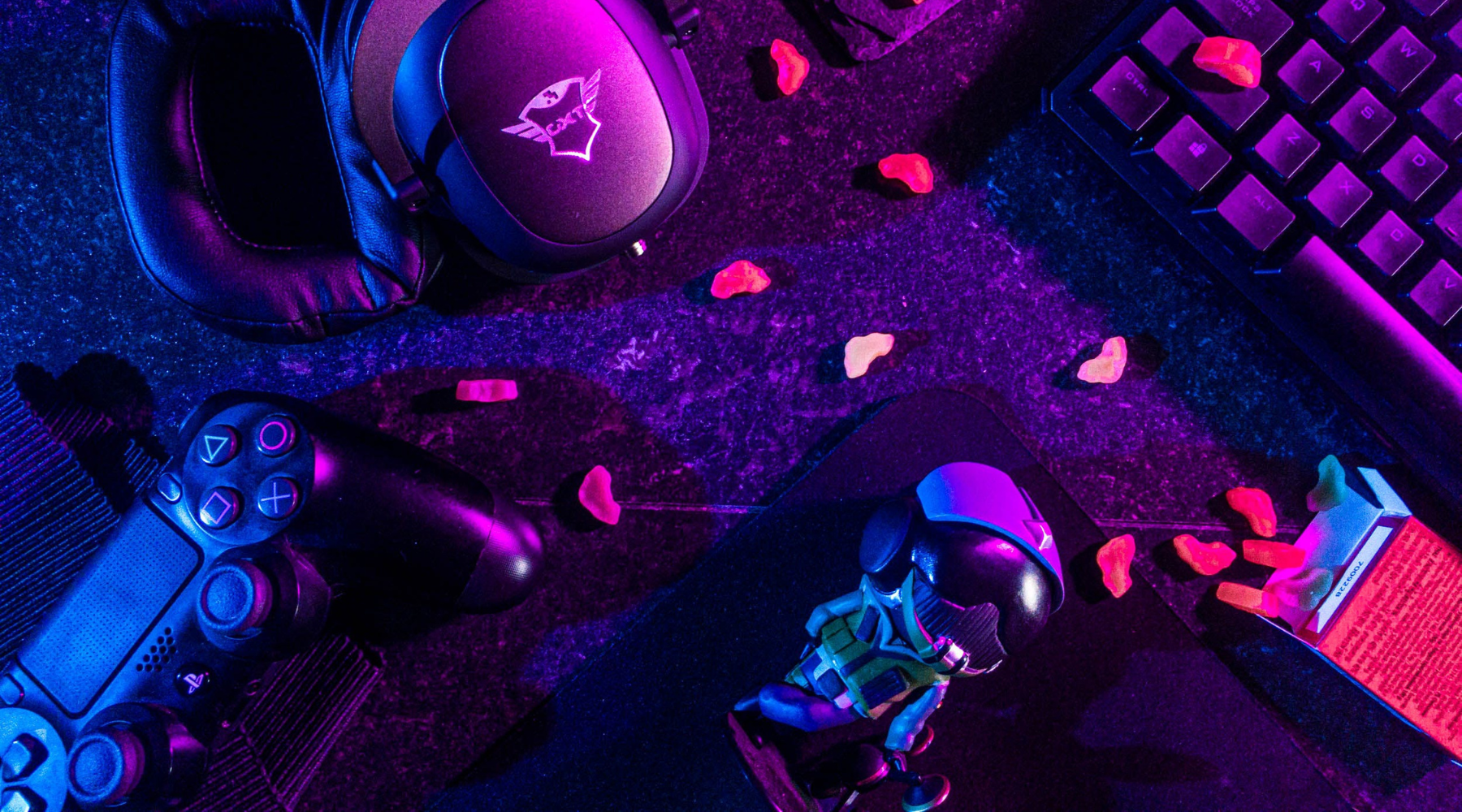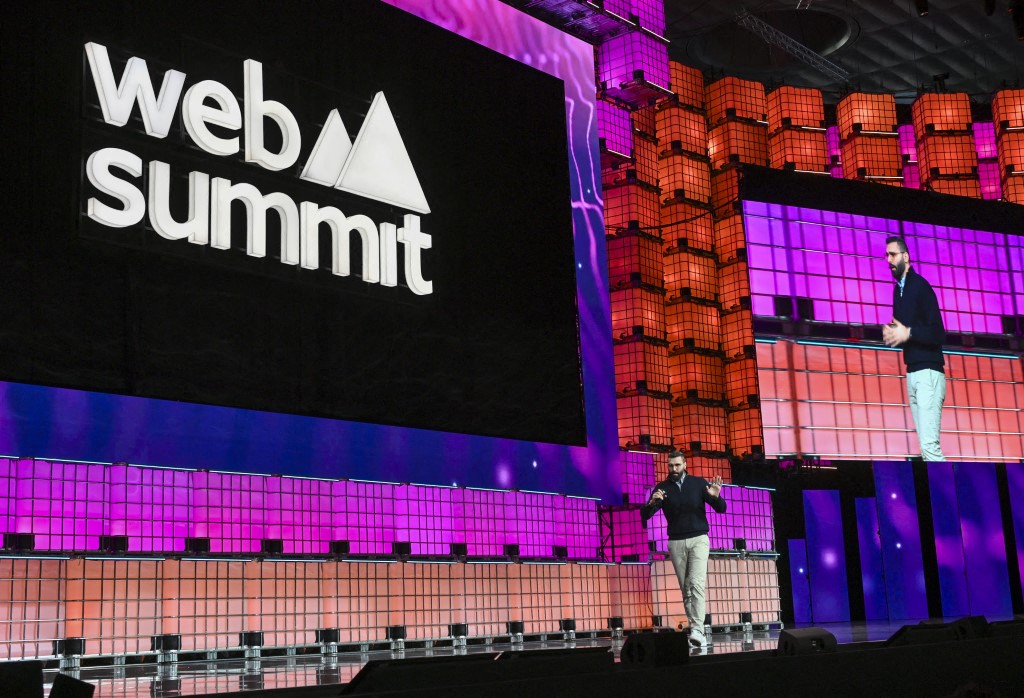If you were ever in any doubt about the region’s ambitions when it comes to gaming, then the recent announcement by the Dubai government makes it crystal clear: they are leveling up their gaming strategy, BIG time.
Over the next 10 years, the initiative, launched by Sheikh Hamdan bin Mohammed, Crown Prince of Dubai, aims to boost the Emirate’s gross domestic product to nearly $1 billion, adding 30,000 jobs to the gaming sector and positioning Dubai among the top 10 cities in the global gaming industry.
It’s a progressive move and in keeping with the government’s plan to underpin the digitally-driven economy of the future. It’s not just Dubai looking to grow its gaming market share; Saudi Arabia also wants to position itself as a global gaming hub.
Last year, the PIF unveiled a $38bn investment strategy for its Savvy Games Group arm to further develop local programming talent. The Kingdom also aims to create 39,000 jobs and raise the sector's contribution to Saudi GDP to 50 billion riyals by 2030. They also recently announced plans for an annual ‘Esports World Cup’ hosted in Riyadh, which will include the most popular games in the world and have the largest prize pool in esports history.
It’s clear that this region is primed to reach new heights in gaming. According to The Future of Trade 2023 report by DMCC, gaming revenue in the MENA region is projected to reach $6 billion by 2027. That’s double the figure from 2021. August data from Newzoo has global gaming revenue projected to hit $212.4 billion by 2026, 13% higher than the estimated $187.7 billion in 2023.
Gaming, it seems, has hit the mainstream.
MENA Gamers: What Makes Them Different?
Let’s look at demographics for a moment. While the majority of gamers in the region are male (70% across the GCC) in Saudi Arabia the number of female gamers is 39% – higher than the UAE (29%) and the GCC as a whole (30%).
This ‘trend’ for female gamers is likely to continue to grow, with research by RedSeer indicating female gamers could push the MENA industry past $5 billion by 2025, outnumbering male players in the region over time.
In terms of audience split, in MENA you have three main verticals for targeting: The 16-24 market, the 25-34 market, and the 35-44 market. Millennials in the UAE and Saudi Arabia make up the majority of gamers at 52.3% and 45.5% respectively. Unsurprisingly, Saudi has the highest number of Gen Z gamers (23%) thanks to its predominantly young population.
Where it gets interesting is how this translates to spending power. In terms of income, 66% are top earners within the region and remain largely untapped by advertisers. The appetite is there though, especially as marketers now recognize the potential of embedding their messages in a place where so much free and social time is spent.
Globally, there are approx. 3.09 billion active gamers, up 32% in seven years, and expected to reach 3.32 billion by 2024. In MENA, we’re expected to reach 88 million gamers by 2026. For context, last year that figure stood at 67.4 million.
There is only one way this industry is going, and that is up.
Can I Have Your Attention Please?
Gaming is right at the intersection of entertainment today. It is the new battleground for brands looking to find a way to connect in an increasingly fragmented advertising landscape.
Players trade attention for entertainment, which is where the opportunity lies. Where else do you have such a captive audience for hours at a time? The average weekly gaming hours in the UAE is 20.8. In Saudi, it’s 22. Across the GCC 17.1. Do you see where I’m going with this?
As the attention economy becomes the ultimate currency for advertisers to measure impact, gaming is going to be at the center of the new digital marketing mix. Brands can’t afford to not take advantage of this explosive medium, not when CTR rates exceed 1.5% and VCR rates hit over 85% compared to the industry average.
Benchmarks on other platforms have naturally declined over time as the landscape has evolved and privacy measures have limited tracking capabilities. For gaming, this is still something new to explore and I believe that its performance is only going to strengthen over time, particularly as the market and technology further mature.
This isn’t a static channel either. New gaming worlds are emerging all the time seeking to attract new audiences across every device. As an industry, it is constantly evolving, which is what makes it such an attractive proposition to explore from an advertising perspective.
This is particularly true when viewed from a brand safety lens. A study by AdColony found that gaming apps rank higher than social media platforms in providing a brand-safe environment. In a world that’s increasingly difficult to find safer spaces online, this could well be a game changer.
Yes, I see what I did there.
Gaming, Leveled Up
It’s not enough to just target effectively with relevant information anymore. Creative needs to be smarter, more intuitive, and non-intrusive. Gaming is changing the way we interact online, fusing play with social interaction and entertainment.
What’s interesting is the overlap of players (those who play games) and viewers (those who watch gaming content) across both Gen Z and Millennial segments. Taking this into account, ‘playing’ the game is only one part of it, the beginning as it were. There’s more to be done around and beyond the game to fully capitalize on this opportunity.
Enter iion. Their approach to reaching gamers in, around, and away from the game itself, allows for greater traction and seamless integration across all platforms. There is real power across the full funnel to engage with consumers at multiple touchpoints on their gaming journey.
In other words, nothing can slip through the cracks with a tailored approach for each vertical. ‘In game’ drives top-of-funnel attention metrics with awareness, brand affinity, viewability, recall, and dwell time. ‘Around the game’ focuses on interest and action, where we can typically view metrics like VCR, brand lift, and purchase intent. While ‘away from the game’ drives the middle and lower funnel to contextually retarget consumers who have interacted with a brand previously.
There’s a reason why there is so much buzz around the evolution of gaming as a key advertising platform and this level of granular detail and targeting is one of them.
Influencing The Future of Gaming
Beyond using the right technology to engage and drive action, it’s worth paying attention to the advancement of gaming influencers in the region. Their impact has been significant, growing alongside the industry and establishing credibility early on thanks to their engagement on Twitch and YouTube before gaming hit the mainstream.
They have built up a large following over time with gamers trusting their recommendations and insights. As such, working with gaming influencers offers brands a reliable way to reach and engage with gaming audiences.
Smart brands may even work with these influencers to create exclusive content within the game and beyond the game through special events and competitions.
The list is seemingly endless when it comes to how we can tap into the region’s gaming potential. It’s new and exciting, yes, but it’s also proven to be effective. I’m not one to shout about something unless I believe in it, and when it comes to gaming, we should all be playing to win.






